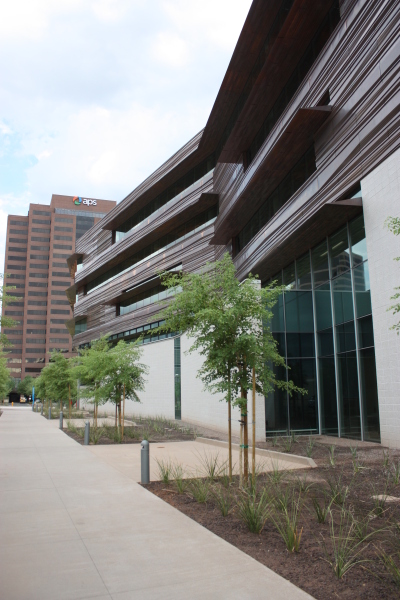
Many of Sundt‘s healthcare clients report that they are dealing with the greatest challenges the industry has seen in at least 30 years. Rising costs, reduced reimbursement, physician shortages, an aging nursing population and new legislated reporting requirements are just of a few of the hurdles they face. The upcoming presidential election adds to the uncertainty about the future.
One thing is clear, however: the delivery of healthcare is changing. The industry is developing primary care space and systems not only to accommodate rising demand, but also to reduce the cost of delivery.
Intense focus is also being placed on reducing the cost of healthcare while increasing its quality. As a healthcare construction expert, Sundt can help owners achieve this goal by reducing the construction costs and long-term operating costs of their facilities.
One way to do this is by reducing waste during the design and construction process through the use of innovative technologies and processes such as Building Information Modeling (BIM) and the Lean Construction Institute’s Last Planner® system. BIM offers numerous benefits to the design and construction process including the ability to pre-fabricate some building components, which moves the construction process from fabrication-in-place to a more efficient, off-site manufacturing environment. The result is improved schedule, enhanced quality and a safer project. All of this leads to reduced costs during construction and for the long term.
The Last Planner system takes the guesswork out of scheduling by engaging stakeholders (design consultants, owners, subcontractors, etc.) in our scheduling process. Sundt’s healthcare construction leaders hold collaborative meetings that “pull” scheduling and sequence information from designers, subcontractors and suppliers so we can develop the schedule within the required time frame. By engaging stakeholders in the development of the schedule, we also give all parties ownership and accountability to meet these commitments. It truly works!
Our country faces enormous challenges right now, but it also has some of the world’s best resources available to address them. Relying on the expertise of our nation’s top healthcare contractors is one way to ensure that we emerge from this difficult time with a healthier healthcare system.